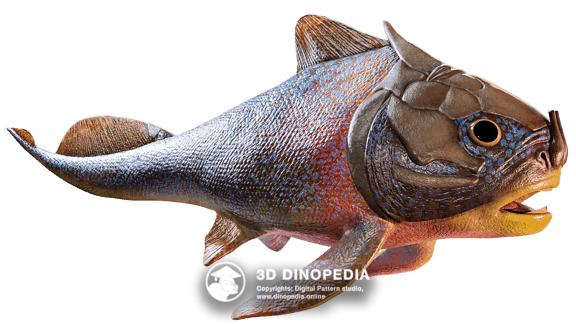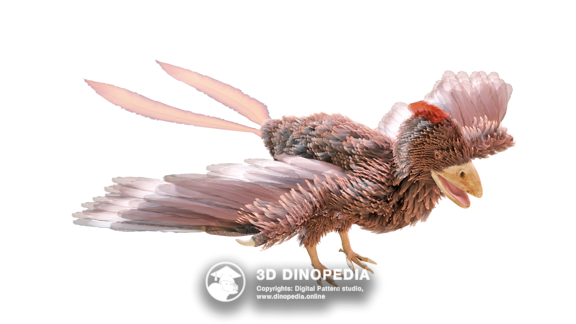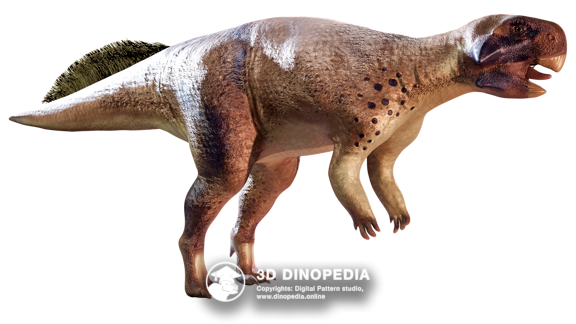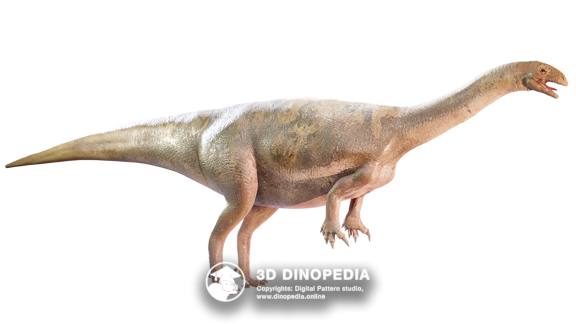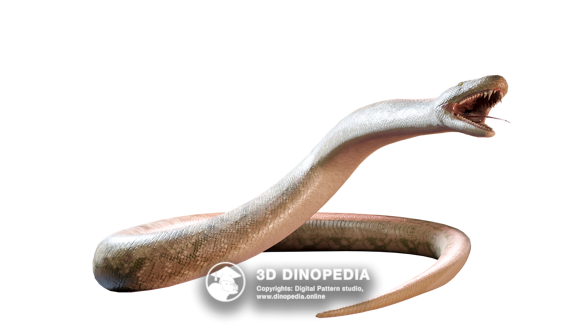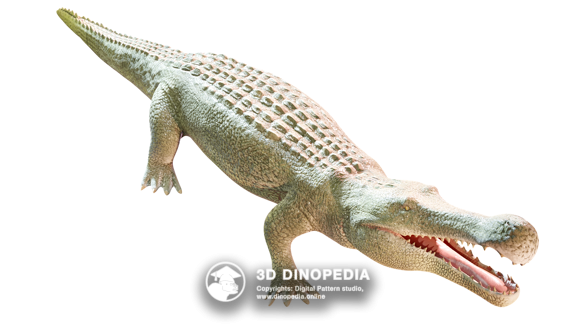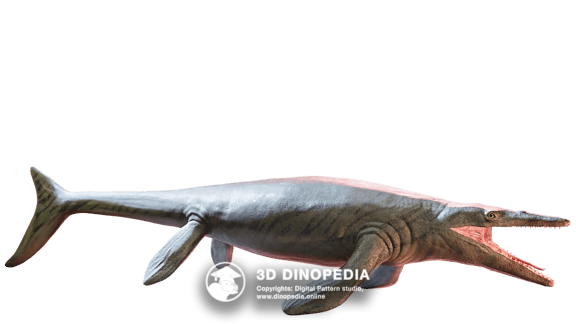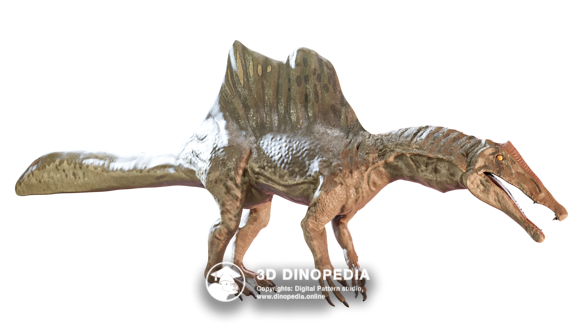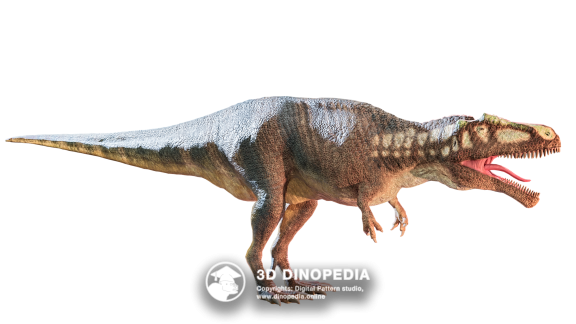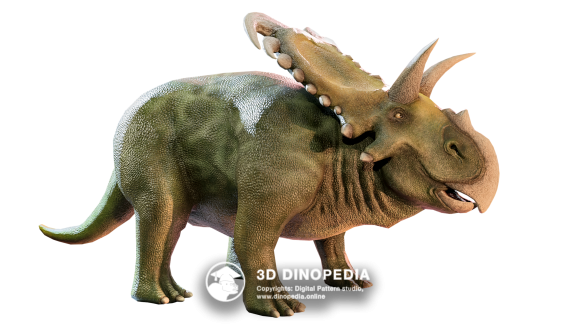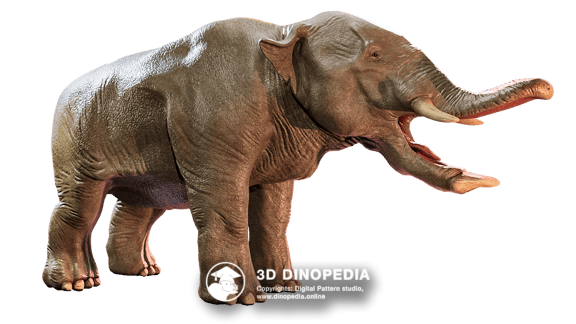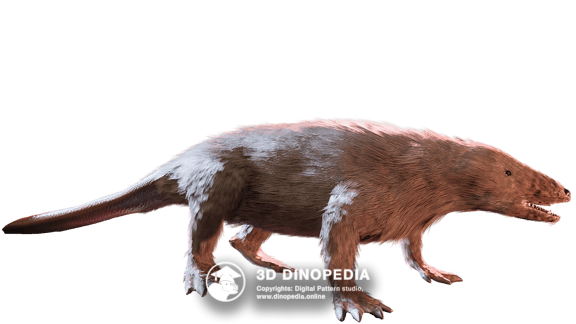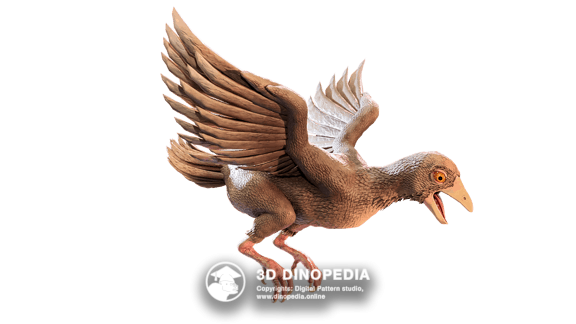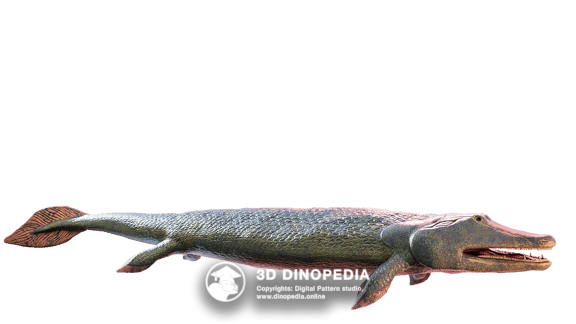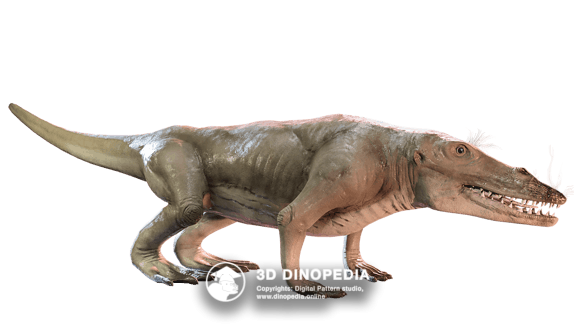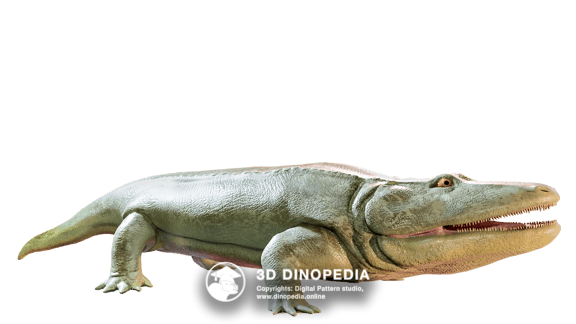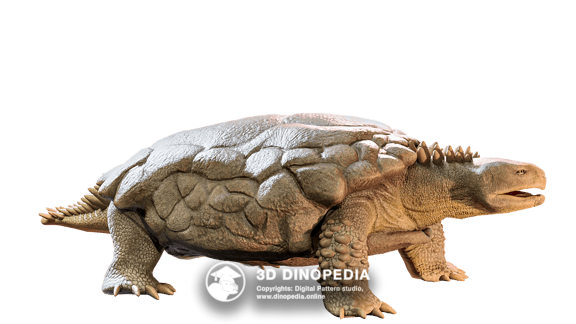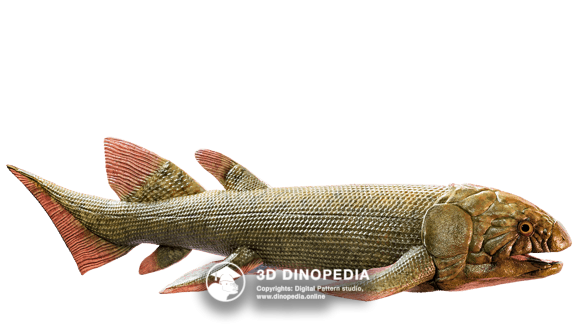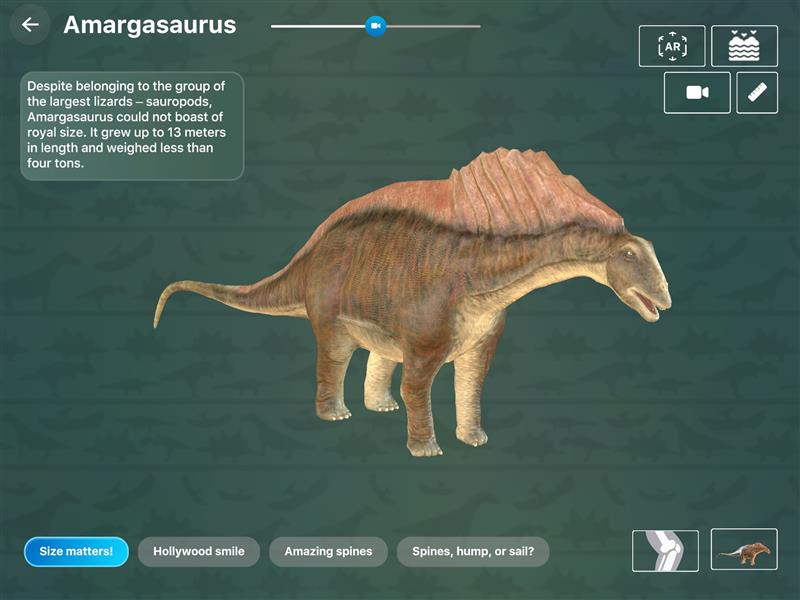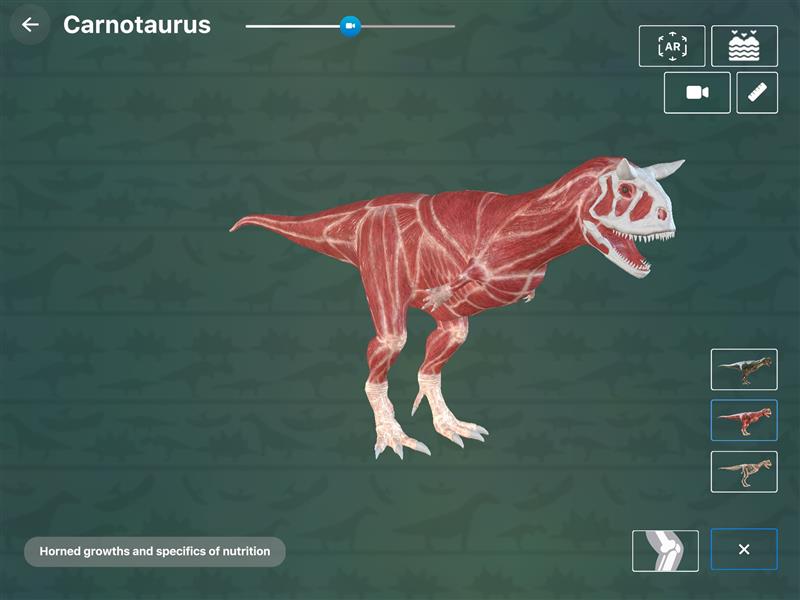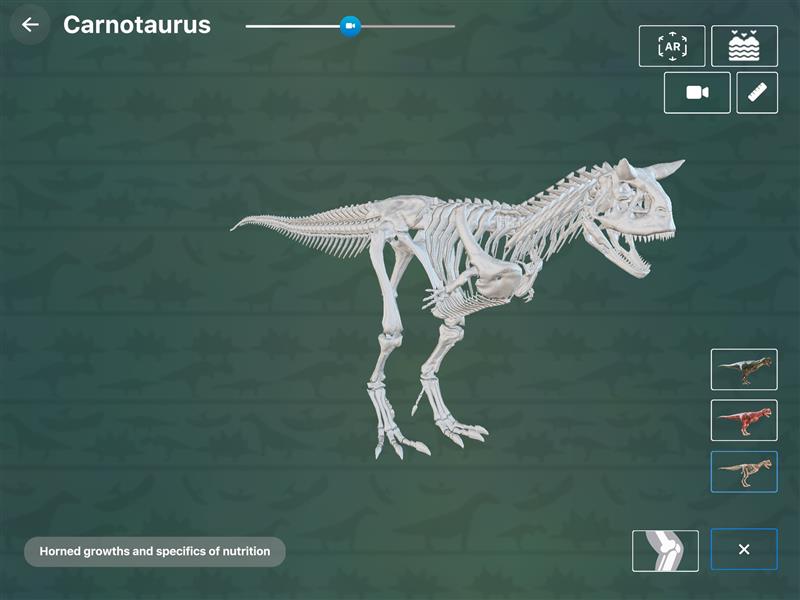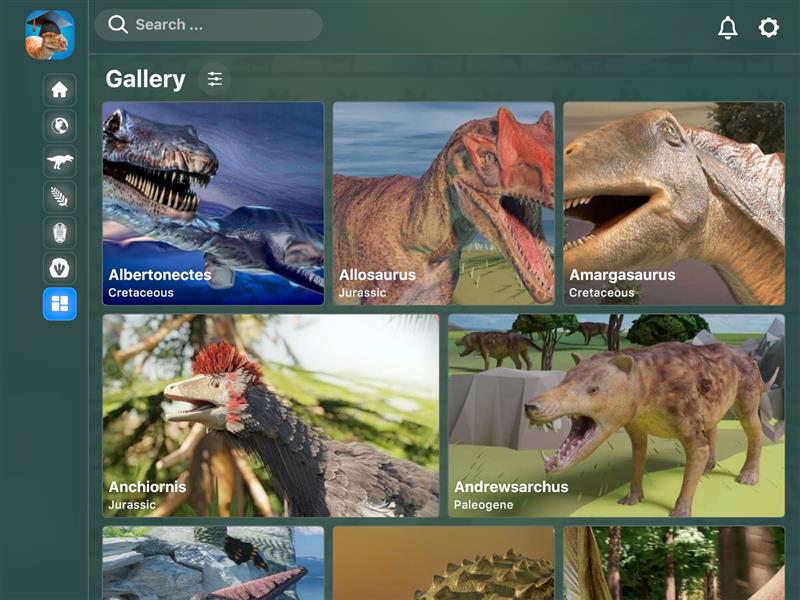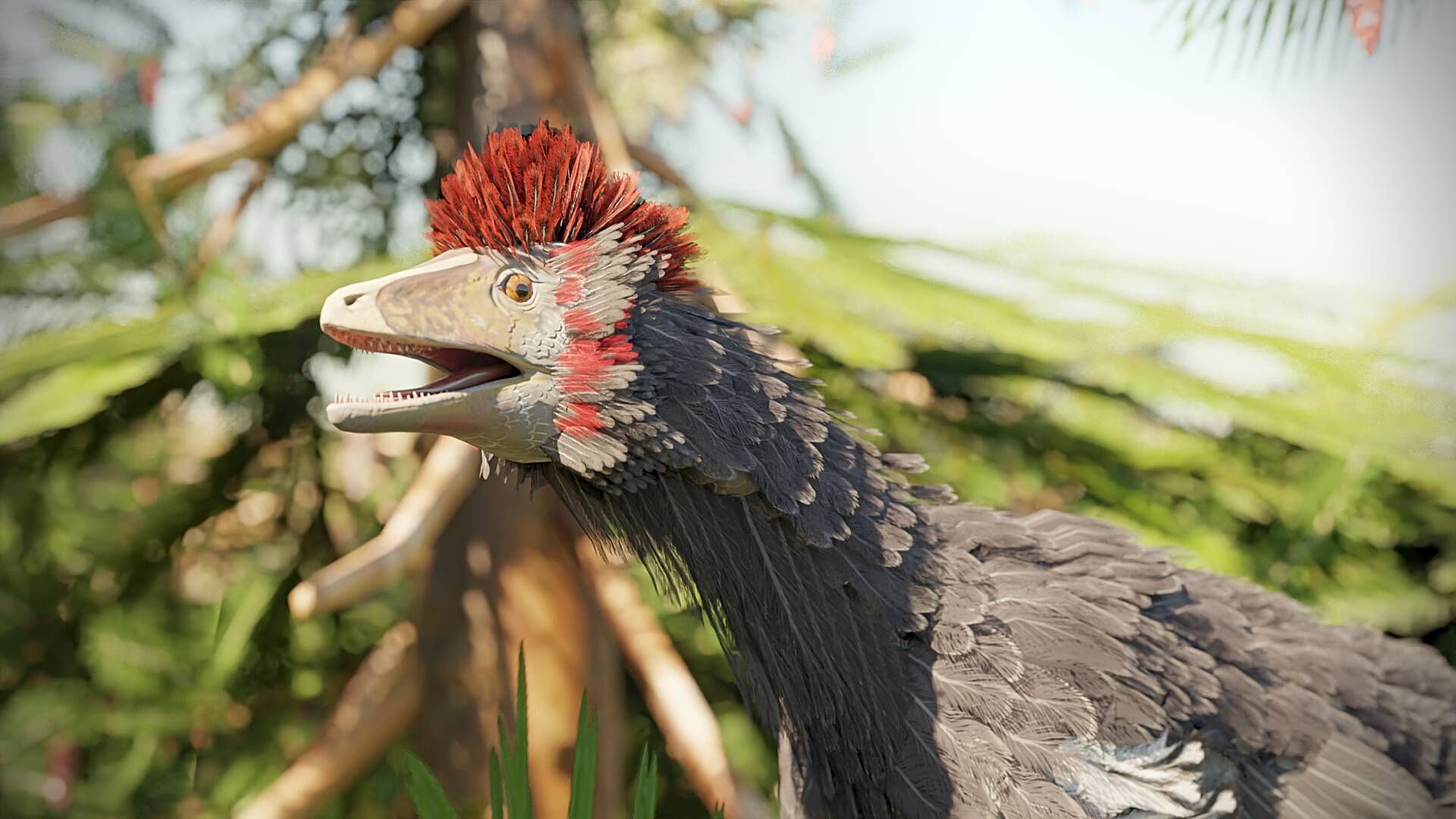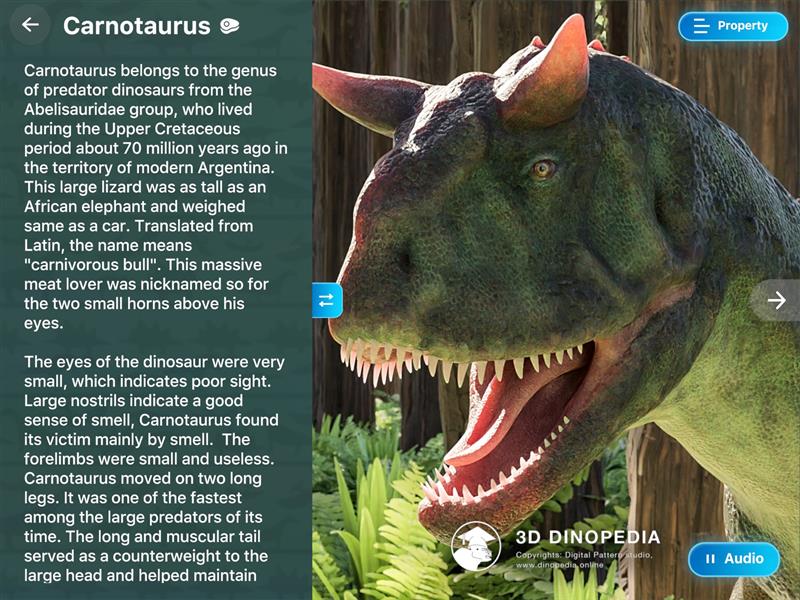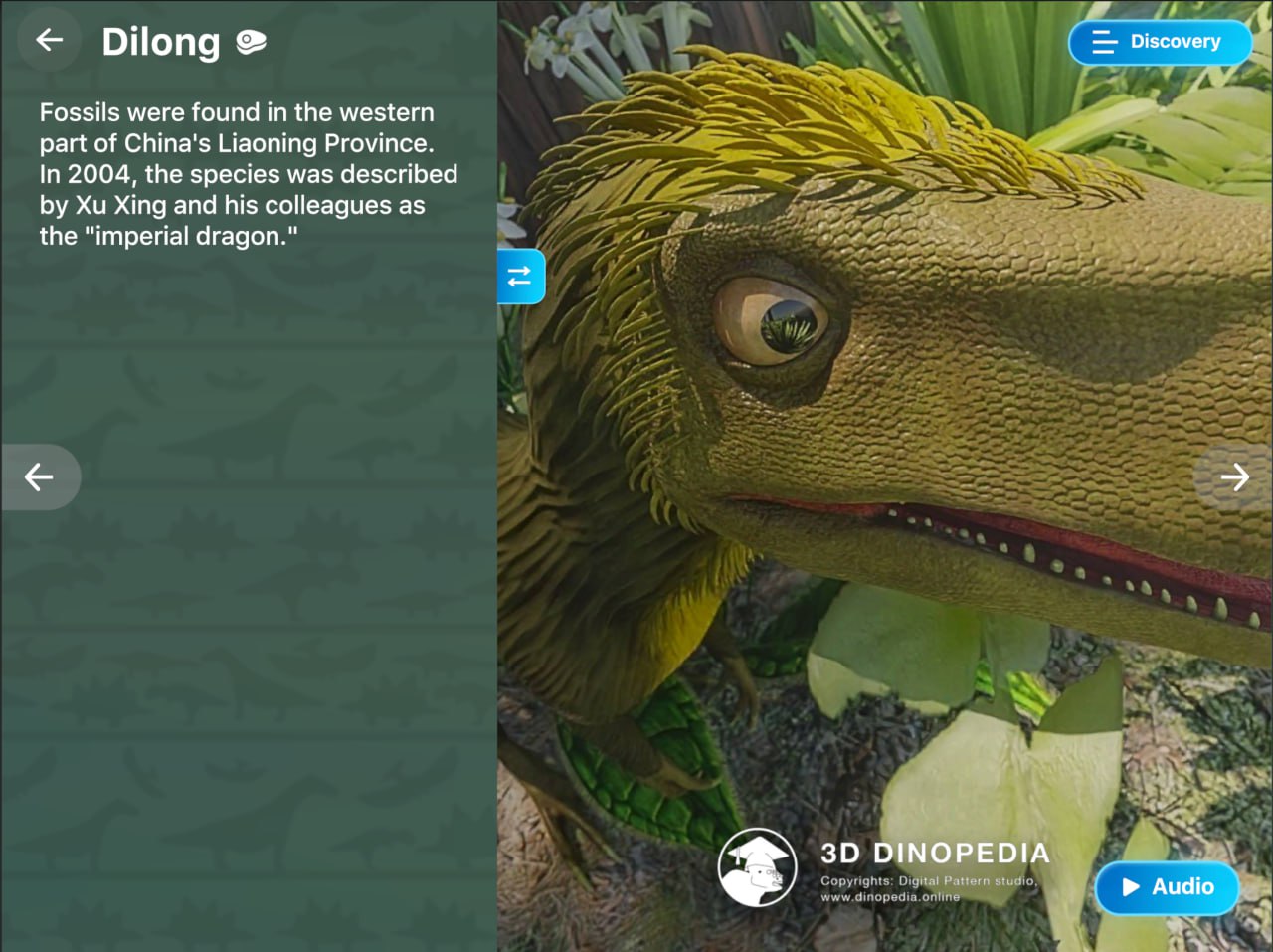Furcacauda

Period of life:
419 – 393 million years ago
Period:
Habitat:
Marine environment
Taxonomy:
Fish
Height:
0.06 m
Countries:

Furcacauda was a mysterious denizen of ancient seas, ranging from the Early Silurian to the Late Devonian. Although primitive jawless fishes, they displayed remarkable adaptations to deep-water life. Their bodies were tall and narrow, clad in minute, tooth-like scales that hint at sophisticated evolutionary responses to the pressures of the deep ocean.
Prominent, forward-set eyes suggest that vision was crucial in the dimly lit depths, helping these fishes navigate and locate food—or avoid predators—at a distance. Just behind the eyes lay their gill openings, a common trait among early agnathans.
The tail was especially distinctive: two large lobes—one dorsal, one ventral—were subdivided into 8–14 smaller intermediate lobes. This crescent-shaped structure boosted buoyancy and granted exceptional manoeuvrability, vital for survival in deep water as they foraged or evaded threats.
Perhaps most intriguing is a large, square chamber within the intestine that connected the small intestine to the anus. This may represent one of the earliest true stomachs among vertebrates, providing more efficient digestion.
Discussions
Other animals
 INTERESTING FACTS
INTERESTING FACTS
 PUZZLES
PUZZLES
 HOME
HOME
 3D MODEL "SKIN"
3D MODEL "SKIN"
 3D MODEL "MUSCLES"
3D MODEL "MUSCLES"
 3D MODEL "SKELETON"
3D MODEL "SKELETON"
 VISION
VISION
 NEIGHBORS
NEIGHBORS
 VOICE ACTING
VOICE ACTING
 AR - MODE
AR - MODE
 GALLERY
GALLERY
 HISTORY OF DISCOVERIES
HISTORY OF DISCOVERIES








